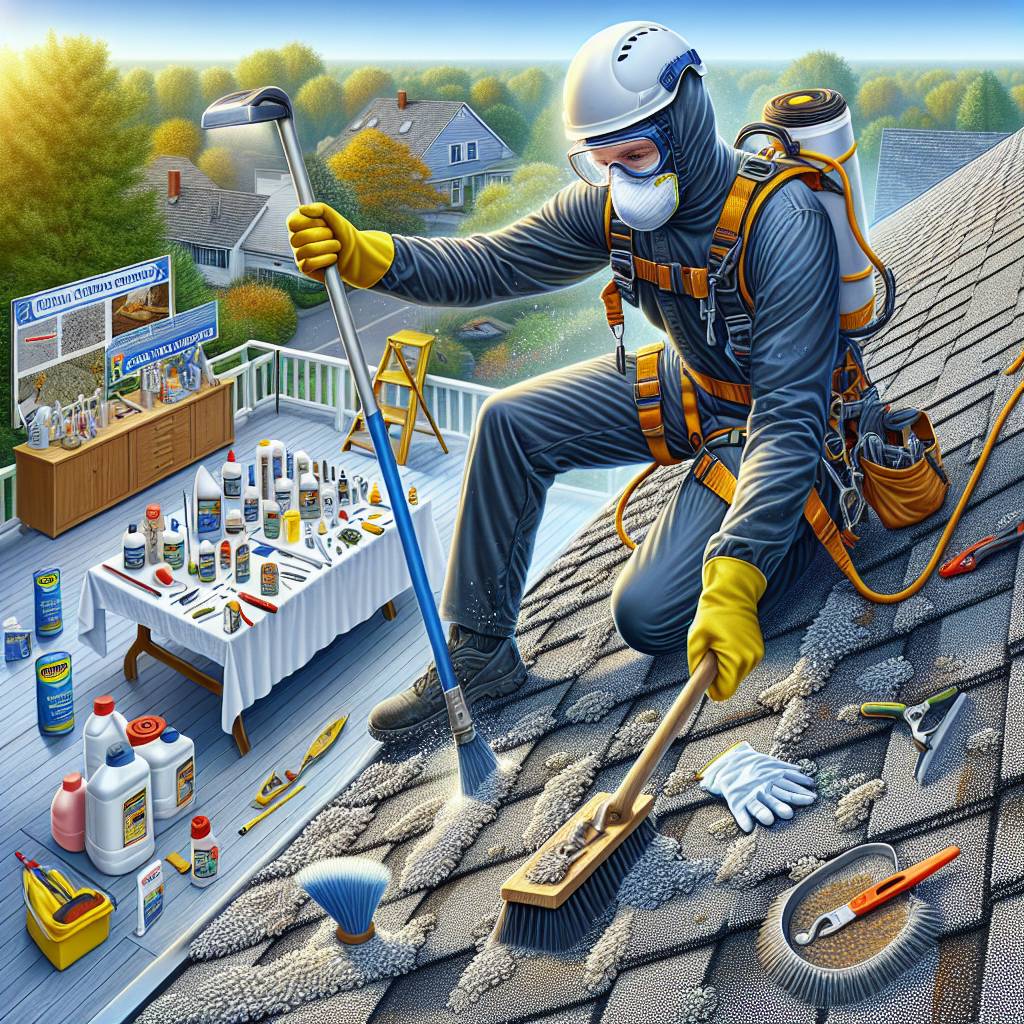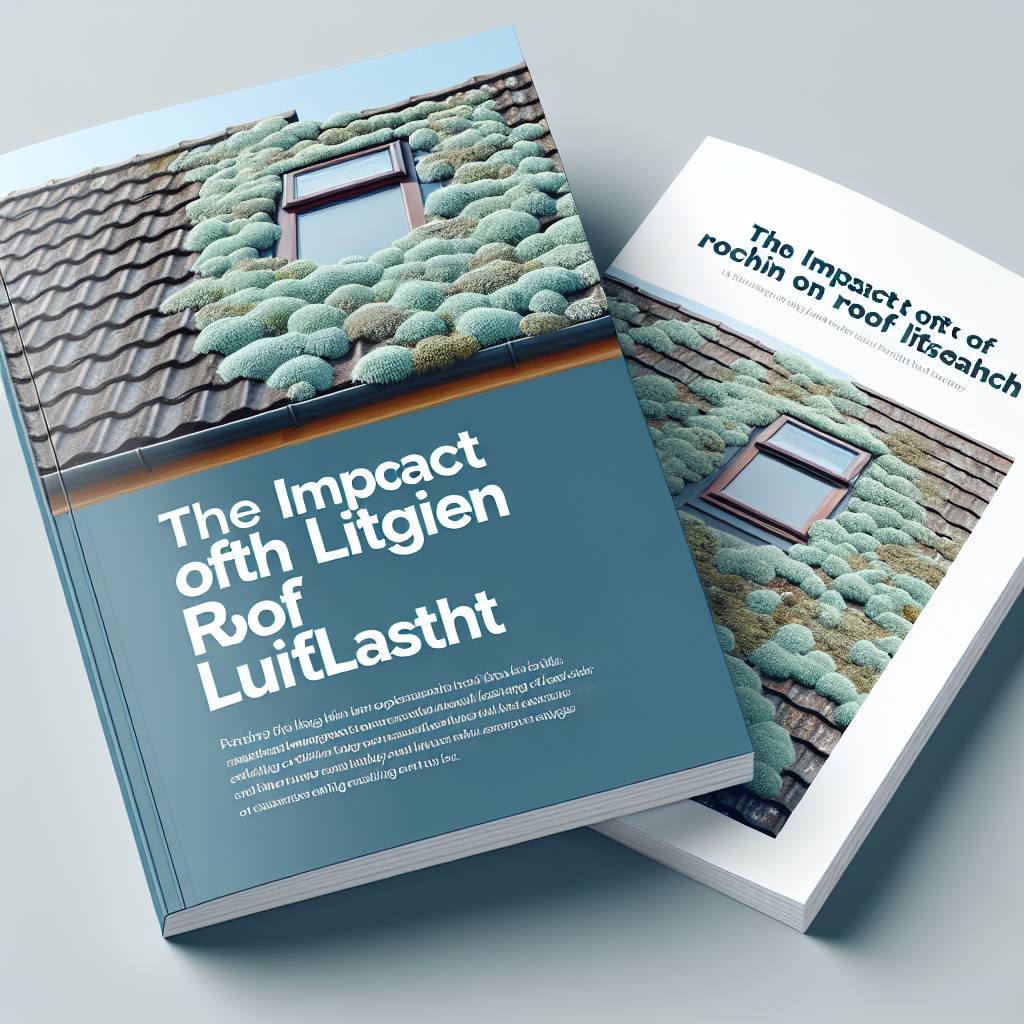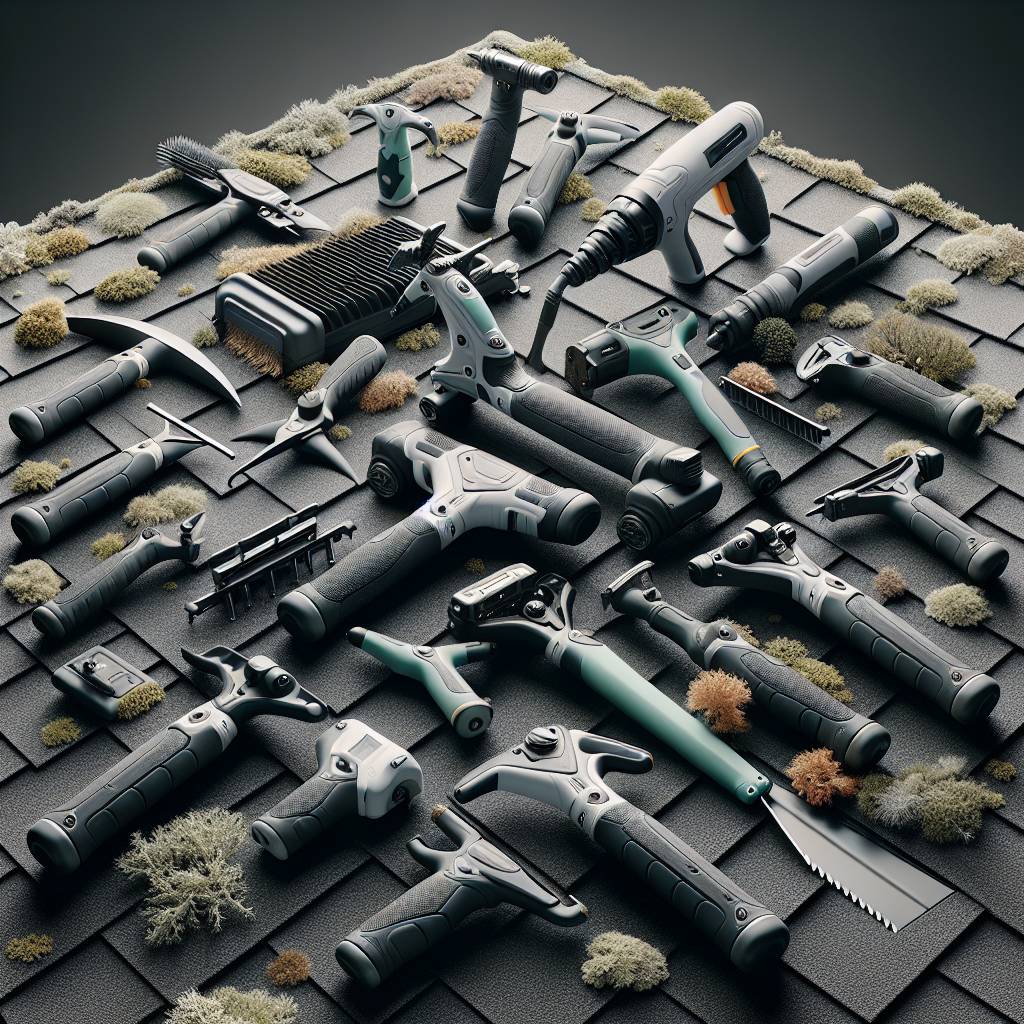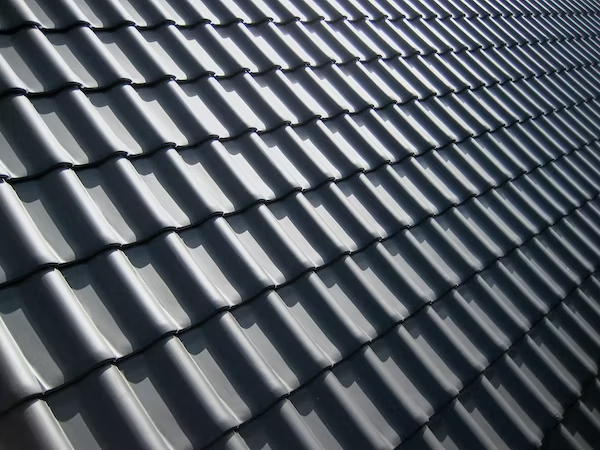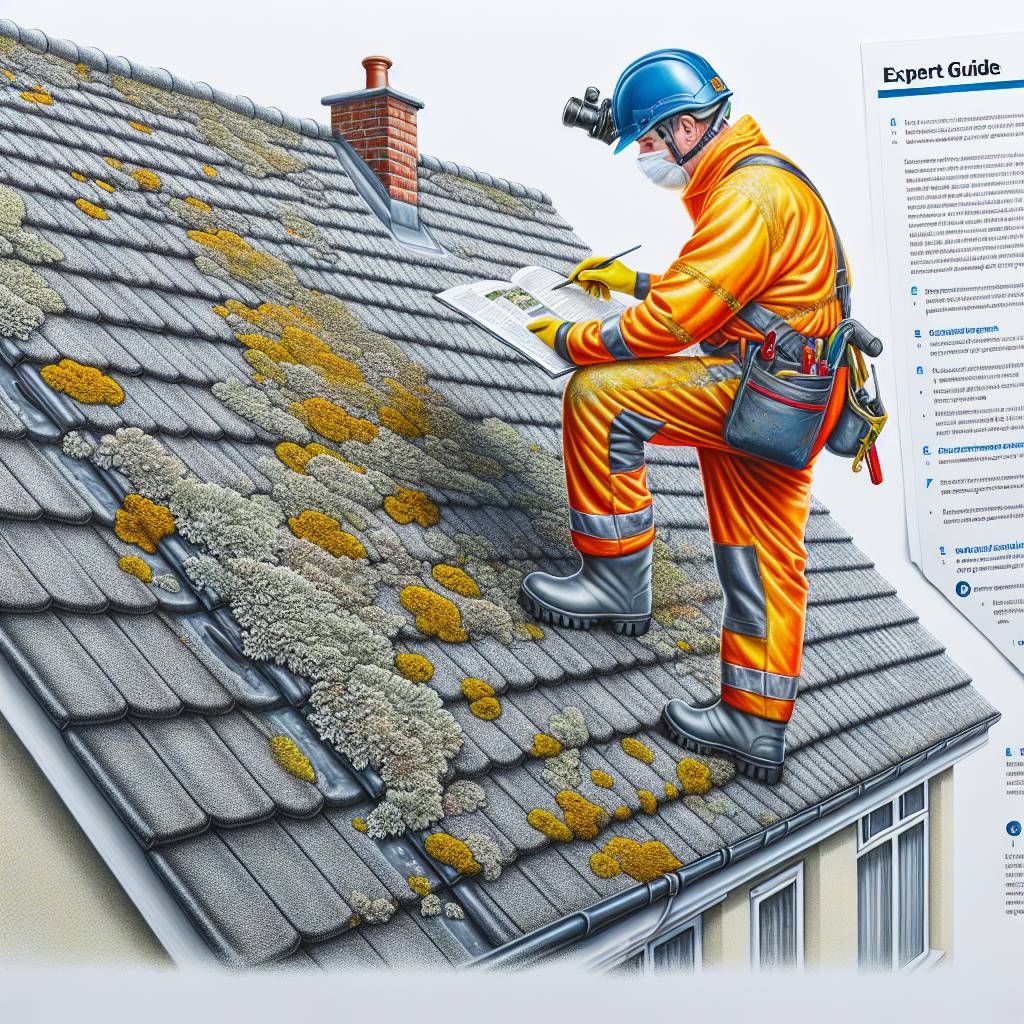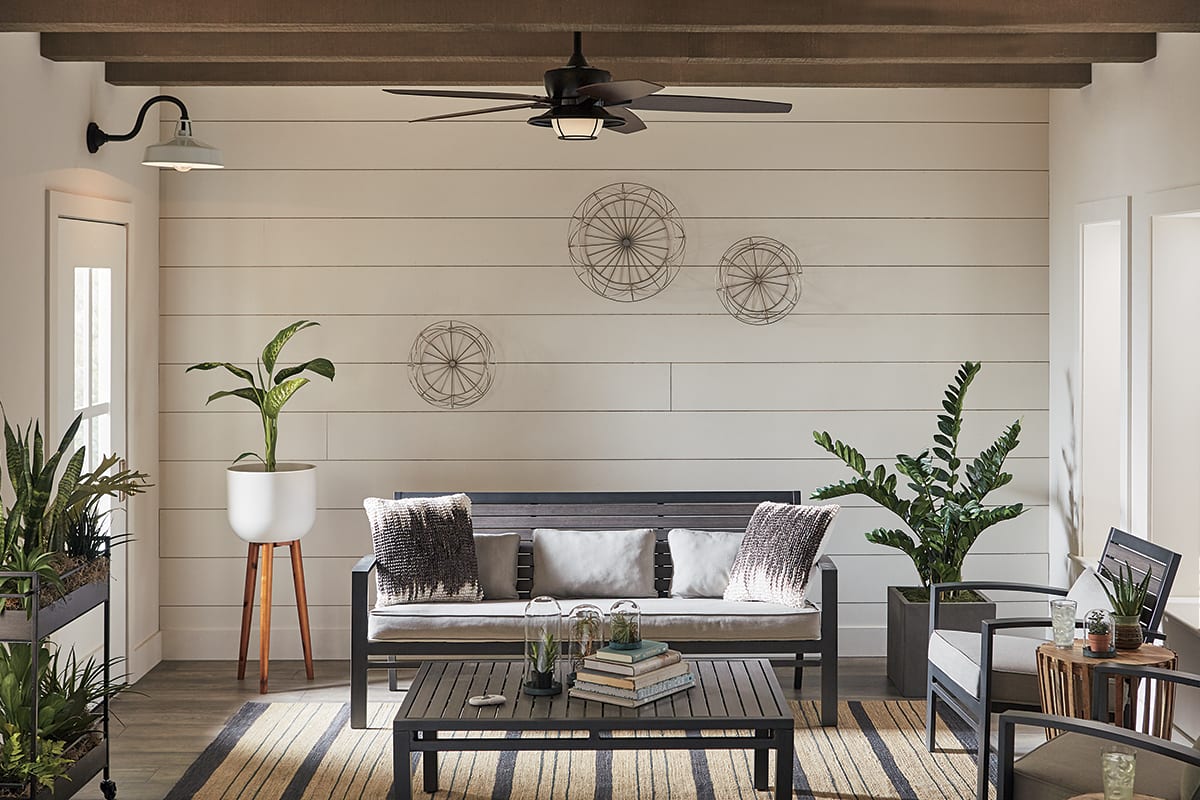Did you know that roof lichen can reduce the lifespan of your roof by up to 50%? Taking care of this issue is crucial for maintaining the integrity of your home. In this post, we’ll delve into essential health and safety precautions when removing roof lichens and moss, ensuring that you can tackle this task with confidence.
Lichen removal involves working at heights and handling potentially hazardous chemicals. It’s vital to prioritize safety by using proper protective gear, following safe ladder practices, and being mindful of electrical wires. Understanding the correct techniques for lichen and moss removal will not only ensure a job well done but also safeguard your well-being throughout the process.
Key Takeaways
- Regularly inspect your roof for lichen growth and understand its harmful effects to take proactive measures.
- Use safe and effective roof cleaning products specifically designed for lichen removal to avoid damage to the roof surface.
- Prioritize safety by preparing adequately and following safety measures when removing lichen from the roof.
- Consider employing soft washing techniques and environmentally friendly solutions for effective lichen removal without causing damage.
- Take preventive measures to inhibit future moss and lichen growth on your roof, ensuring its longevity and health.
- Protect the layers of your roof during lichen removal to maintain its structural integrity and longevity.
Understanding the Growth and Harmful Effects of Lichen
Understanding the Growth and Harmful Effects of Lichen
Lichens are unique organisms consisting of a symbiotic association between fungi and algae. They have the remarkable ability to grow on roofs, where moss and lichens can cause significant damage over time. The harmful effects of lichen on roofs stem from its capacity to retain moisture, leading to roof deterioration and potential structural damage.
Lichen growth on roofs is not merely an aesthetic issue; it poses real threats to the integrity of the structure. As lichens hold onto moisture, they create an environment that encourages rotting and decay in roofing materials. This prolonged exposure to wet moisture, moss, and lichens can result in long-term damage such as weakened shingles or tiles, which compromises the roof’s ability to protect a building from environmental elements.
Furthermore, the physical presence of lichens can lead to mechanical damage as their root-like structures penetrate and pry apart roofing materials. Over time, the intrusion of wet moss and lichens weakens the roof’s surface, making it more susceptible to leaks during heavy rainfall or snowmelt.
In addition to these concerns about structural integrity, lichen growth also impacts the overall curb appeal of a property. A roof covered in unsightly patches of lichens and moss diminishes the visual appeal and market value of a home or commercial building.
Best Practices for Removing Roof Lichen Safely
When addressing roof lichen and moss, safety should be paramount due to both their potential harm when disturbed as well as any hazards associated with working at heights. Before beginning any removal efforts, it is crucial for individuals involved in this process to prioritize their safety by wearing appropriate personal protective equipment (PPE) such as gloves, eye protection, respiratory masks if using chemicals or power tools.
It’s essential first assess whether professional intervention might be necessary based on factors like height accessibility, severity of infestation, lichens, moss, or wet before proceeding with DIY removal methods.
- Prospective DIYers must exercise caution when selecting cleaning products for removing lichens from rooftops – some chemicals may pose health risks upon direct contact.
- Additionally consider non-toxic alternatives like vinegar solutions which are less harmful but equally effective at eradicating lichens without posing significant health risks.
Identifying Lichen on Roof Surfaces
Identifying Lichen
Roof lichen, commonly found on exterior surfaces, presents as small patches or spots with a greenish or grayish color. Its texture is either crusty or powdery, often leading to confusion with lichens, moss, or mold. Typically thriving in shaded areas or regions with high humidity levels, roof lichen can pose potential risks to the roof’s integrity if left unchecked.
Lichen growth on wet roofs is not only unsightly but also harmful. It can cause damage to the shingles and compromise the structural integrity of the roof over time. Therefore, it’s crucial to be able to recognize surface lichen accurately and take appropriate action when needed.
When inspecting your roof for signs of lichen infestation, pay attention to any greenish-gray patches that may resemble moss but have a different texture. These are likely instances of roof lichens that require prompt removal before they lead to costly repairs down the line.
Importance of Health and Safety Precautions
Prioritizing health and safety precautions when removing roof lichens is paramount due to several reasons:
- Exposure: Direct contact with lichens can potentially cause skin irritation.
- Slipping Hazard: Working on elevated surfaces while removing roof lichens poses a risk of slipping and falling.
- Chemical Use: Some cleaning solutions used in this process may contain chemicals harmful if mishandled.
To ensure personal safety during the removal process, wearing protective gear such as gloves, goggles, long sleeves, pants, and closed-toe shoes is essential. Using a sturdy ladder equipped with stabilizers will minimize the risk of accidents caused by falls from heights.
When opting for chemical cleaners for more stubborn cases of roof lichen, carefully follow all usage instructions provided by manufacturers while taking steps to protect nearby vegetation from potential harm caused by runoff during application.
Choosing Safe and Effective Roof Cleaning Products
Eco-Friendly Cleaning Solutions
When removing roof lichen, it’s crucial to prioritize the use of eco-friendly cleaning solutions. These products are specifically designed to eliminate lichen without causing harm to the environment. Look for cleaning solutions that are biodegradable, non-toxic, and free from harsh chemicals like bleach or ammonia. By choosing environmentally safe options, you can effectively clean your roof while minimizing negative impacts on the surrounding ecosystem.
Opting for roof cleaning solutions that have been tested and proven effective against lichen infestations is essential. This ensures that the product you select is capable of tackling the specific challenge posed by lichen growth. These tested solutions provide assurance that they can efficiently break down the strong bond between lichen and the roof surface without posing any risk to its integrity.
Safe Application Process
When considering a safe way to remove roof lichen, it’s important to understand the application process of different cleaning products. For instance, oxygen bleach and white vinegar are commonly recommended as safe alternatives to harsh chemicals like chlorine bleach. These substances offer an effective means of combating lichen while posing minimal risk to both human health and environmental well-being.
During the cleaning process, ensure proper adherence to safety guidelines provided with each product. Always wear appropriate protective gear such as gloves, goggles, and a mask when applying any form of cleaning solution on your roof surface. This precautionary measure helps safeguard yourself from potential exposure to harmful substances during the removal process.
Preparation and Safety Measures for Lichen Removal
Necessary Safety Equipment
It’s crucial to prioritize your safety. Before you start the cleaning process, gather the necessary safety equipment such as gloves, goggles, and non-slip shoes. These items will protect you from potential injuries and exposure to harmful substances during the removal process.
It’s essential to wear protective gloves to shield your hands from any sharp edges or abrasive surfaces on the roof. Wearing goggles can safeguard your eyes from debris or cleaning solutions that may splash during the lichen removal. Lastly, donning sturdy non-slip shoes is vital in ensuring a secure foothold as you navigate the roof surface.
Clearing Obstacles and Protecting Plants
Before initiating the lichen removal process, take time to clear the area around your roof of any obstacles that could impede safe access during cleaning. This includes removing tools, toys, or other objects that could pose a tripping hazard while working on the roof. By eliminating these obstructions beforehand, you create a safer environment for yourself and anyone assisting with the task.
Moreover, it’s important to protect nearby plants from potential damage caused by cleaning solutions used in lichen removal. You can achieve this by covering them with plastic sheets or watering them thoroughly before applying any cleaning products. Shielding plants with plastic sheets prevents direct contact with harsh chemicals while still allowing them access to sunlight and air.
Soft Washing Techniques for Lichen-Infested Roofs
Soft Washing
Soft washing is the ideal method for removing roof lichen as it involves using low-pressure water combined with specialized cleaning solutions. This gentle approach ensures that the lichen is effectively removed without causing any damage to the roof surface. Unlike high-pressure washing methods, which can lead to water intrusion and potential damage, soft washing provides a safe and effective solution.
Soft washing also allows for the application of cleaning solutions evenly across the affected areas. By doing so, it ensures that every part of the roof infested with lichen receives proper treatment. This method not only removes existing lichen but also helps prevent its regrowth in treated areas.
Safe Application of Cleaning Solutions
When utilizing soft washing techniques for roof lichen removal, it’s crucial to apply the cleaning solution evenly across all affected areas. This even application guarantees that no traces of lichen are left behind after rinsing off, resulting in a thoroughly cleaned roof surface.
Moreover, allowing the cleaning solution to sit for the recommended duration before rinsing off is essential. The dwell time enables the cleaning solution to effectively break down and loosen the grip of lichen on the roof surface, making it easier to rinse away during subsequent steps.
Treating Roofs with Environmentally Friendly Solutions
Natural Remedies
When treating roof lichen, it’s essential to consider using environmentally friendly solutions such as vinegar or hydrogen peroxide. These natural remedies are effective in killing lichen while being safe for the environment. For instance, a mixture of vinegar or hydrogen peroxide with water in the appropriate ratio can be applied directly to the affected areas using a sprayer or brush.
Using natural remedies like vinegar and hydrogen peroxide is beneficial because they do not pose any harm to the surrounding environment. Unlike harsh chemicals, these solutions are gentle on outdoor surfaces and organic materials, ensuring that no harm comes to nearby plants or causes further damage to the roof tiles.
It’s important to note that when mixing these solutions, following proper guidelines for dilution is crucial. This ensures their effectiveness in combating lichen while minimizing any potential risks associated with their application.
Safety Measures
When applying natural remedies or any solution to treat roof lichen, it’s imperative to take necessary safety precautions. Wearing protective gear such as gloves, goggles, and appropriate clothing is essential during this job. This safeguards against any potential contact with chemicals and also protects from accidental spills during application.
Moreover, working on roofs poses certain risks; therefore, taking precautions against slips and falls is vital for personal safety. Using stable ladders and having someone else present as a spotter can help prevent accidents while working at heights.
In addition to personal safety measures, it’s crucial to protect the surrounding areas from potential leaks or spills of the treatment solution. Covering downspouts with plastic sheeting can prevent runoff into garden beds or lawns where excessive exposure may cause damage.
Preventing Future Moss and Lichen Growth on Roofs
Trimming Overhanging Branches
Overhanging tree branches can block sunlight from reaching the roof, creating a damp environment perfect for moss and lichen growth. By trimming these branches, you allow more sunlight to penetrate through, reducing moisture accumulation and inhibiting the growth of moss and lichen. This simple step is an effective way to prevent future infestations on your roof.
Trimming overhanging branches not only enhances the aesthetic appeal of your property but also promotes a healthier roofing system. With increased exposure to sunlight, your roof becomes less susceptible to moisture buildup, ultimately deterring the development of unwanted organisms such as moss and lichen.
Regular Gutter Maintenance
Regularly cleaning gutters and downspouts is crucial in preventing water buildup that creates an ideal environment for moss and lichen growth. Clogged gutters can trap moisture, allowing it to seep into the roofing materials and promote the proliferation of these unwanted organisms. By keeping gutters clean, you effectively minimize the risk of moisture accumulation which is essential in hindering mold or mildew formation on your roof.
Ensuring proper drainage by maintaining clean gutters not only prevents water damage but also plays a significant role in inhibiting moss and lichen growth on roofs. It’s a proactive measure that safeguards your property against potential structural issues while preserving its visual appeal.
Applying Preventive Treatments
Applying preventive treatments specifically designed to inhibit moss and lichen growth on roofs offers long-term protection against these unwelcome intruders. These treatments are formulated with ingredients that create an inhospitable environment for mosses and lichens without causing harm to the surrounding ecosystem.
Protecting Roof Layers from Damage During Lichen Removal
Gentle Removal Techniques
When removing roof lichen, it’s crucial to prioritize the protection of the roof’s layers. Aggressive scraping or scrubbing can cause significant damage to these protective layers. Instead, opt for gentle removal techniques using soft bristle brushes or mild scraping tools. These methods effectively loosen and eliminate lichen without compromising the integrity of the roof.
For instance, a soft-bristled brush can be used to gently sweep away loose lichen, while a plastic scraper can help dislodge tougher patches without causing harm to the underlying roofing materials. By employing these gentle techniques, homeowners can ensure that their roofs remain intact while effectively removing lichen.
Professional Consultation
In some cases, seeking professional assistance from an experienced roof cleaner may be necessary. A professional with expertise in safely removing lichen without damaging the roof’s protective layers can provide valuable insight and guidance. They have specialized knowledge about effective removal methods that safeguard the structural integrity of roofs during the process.
Professional cleaners often utilize industry-approved tools and techniques specifically designed for safe lichen removal. Their expertise ensures that homeowners do not inadvertently compromise their roofs while attempting to address lichen growth issues independently.
Ensuring Longevity of Roof Health After Lichen Treatment
Regular Inspection
Regularly inspecting your roof for any signs of lichen regrowth is crucial to maintaining its health. Addressing any resurgence promptly can prevent further damage and the need for extensive treatments in the future. Look out for green or white patches on the roof surface, as these could indicate lichen growth. By catching it early, you can take swift action to remove it before it spreads and causes more significant issues.
It’s essential to engage in preventive maintenance by keeping an eye out for any new lichen growth after treatment. This proactive approach ensures that your roof remains free from this damaging organism, preserving its structural integrity over time.
Proper Ventilation
Maintaining proper roof ventilation is key to minimizing moisture buildup, which contributes significantly to lichen recurrence. Adequate airflow prevents excess dampness from accumulating on your roof, creating an inhospitable environment for lichen to thrive. Without sufficient ventilation, moisture can become trapped within the layers of the roof, providing a conducive habitat for lichen spores.
By ensuring that your attic and roofing system have adequate ventilation, you create an environment where moisture is less likely to accumulate and foster lichen regrowth. This simple yet effective measure plays a vital role in safeguarding your roof against potential damage caused by recurring lichen infestations.
Protective Coating or Sealant Application
Consider applying a protective coating or sealant specifically formulated to prevent future lichen growth on your roof’s surface. These products act as barriers against environmental elements that may encourage lichens’ return while extending the lifespan of your roofing materials.
Protective coatings designed with anti-lichen properties create an inhospitable environment for these organisms without causing harm to the underlying roofing materials. They serve as a proactive defense mechanism against potential re-infestation while enhancing the overall durability of your roof.
Incorporating such preventative measures into post-lichen removal care not only safeguards against future infestations but also promotes long-term structural integrity.
Summary
You’ve gained valuable insights into the impact of lichen on roofs and how to safely remove it. By understanding the growth of lichen, identifying it, and choosing the right cleaning products, you’re well-equipped to prepare for its removal. Soft washing techniques and environmentally friendly solutions ensure effective treatment while protecting your roof’s layers. You’ve learned preventive measures and ways to maintain your roof’s health post-treatment. Now, armed with this knowledge, take proactive steps to safeguard your roof from lichen and preserve its longevity.
Take charge of your roof’s well-being by implementing these safety precautions and maintenance strategies. Your proactive approach will not only enhance the appearance of your home but also contribute to its overall structural integrity. Remember, a little care today can prevent costly repairs tomorrow.
Frequently Asked Questions
What are the harmful effects of lichen on roofs?
Lichen can cause damage to roof surfaces by retaining moisture, leading to deterioration of roofing materials. It can impact the aesthetics and curb appeal of your property.
How do I identify lichen on my roof surfaces?
Look for small, patchy growths that may appear green, gray, or black in color. Lichen often has a crust-like texture and can be mistaken for dirt or mold.
What safety measures should I take when removing roof lichen?
Prioritize safety by wearing protective gear such as gloves, goggles, and a mask. Ensure proper ladder stability and consider using environmentally friendly cleaning solutions to minimize risks.
Can I prevent future moss and lichen growth on my roof?
Yes! Regular maintenance such as trimming overhanging branches and keeping gutters clean can help prevent debris buildup that promotes moss and lichen growth.
How do I protect my roof layers during lichen removal?
Carefully follow soft washing techniques to avoid damaging shingles or tiles. Utilize gentle cleaning products that won’t compromise the integrity of your roofing materials.
